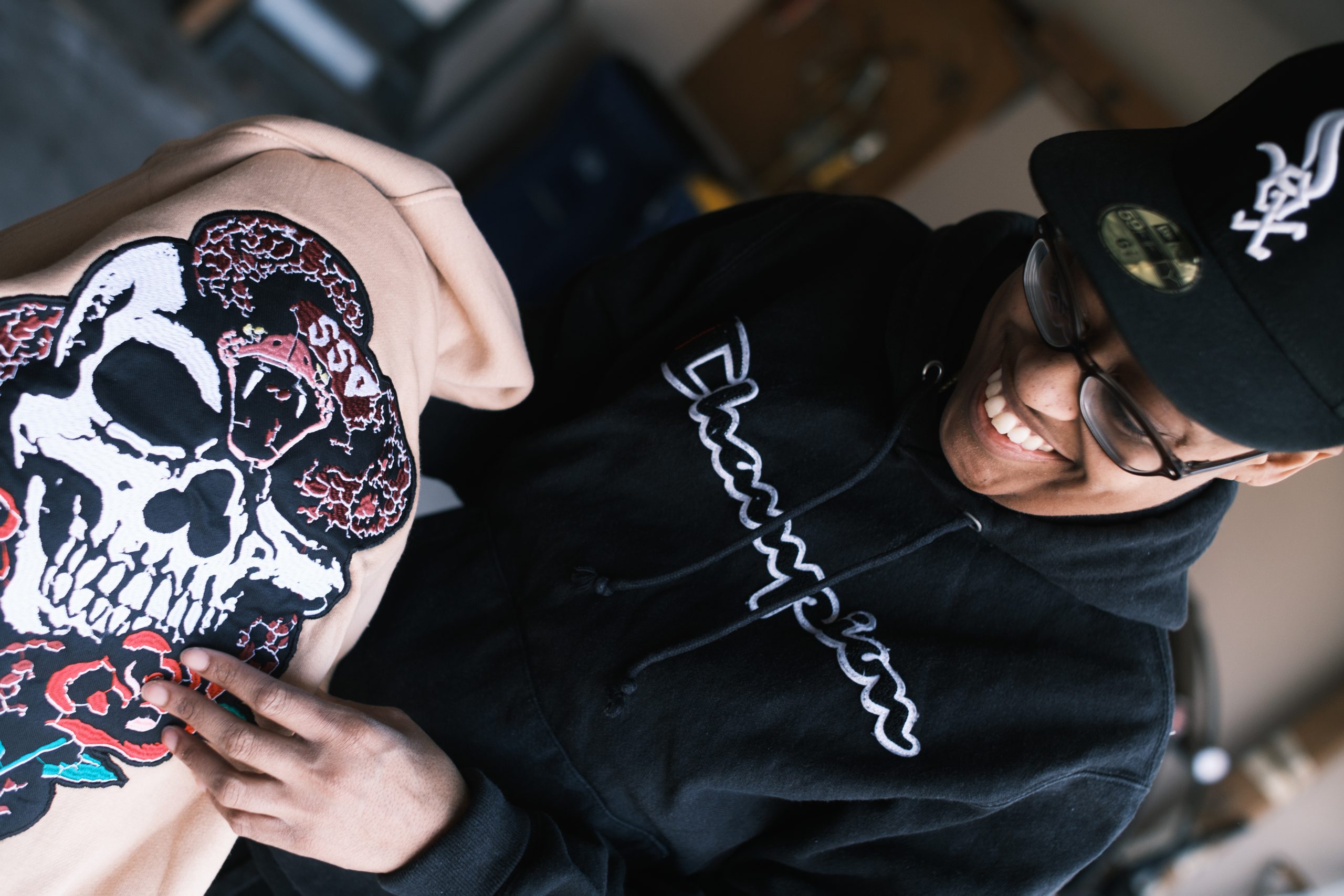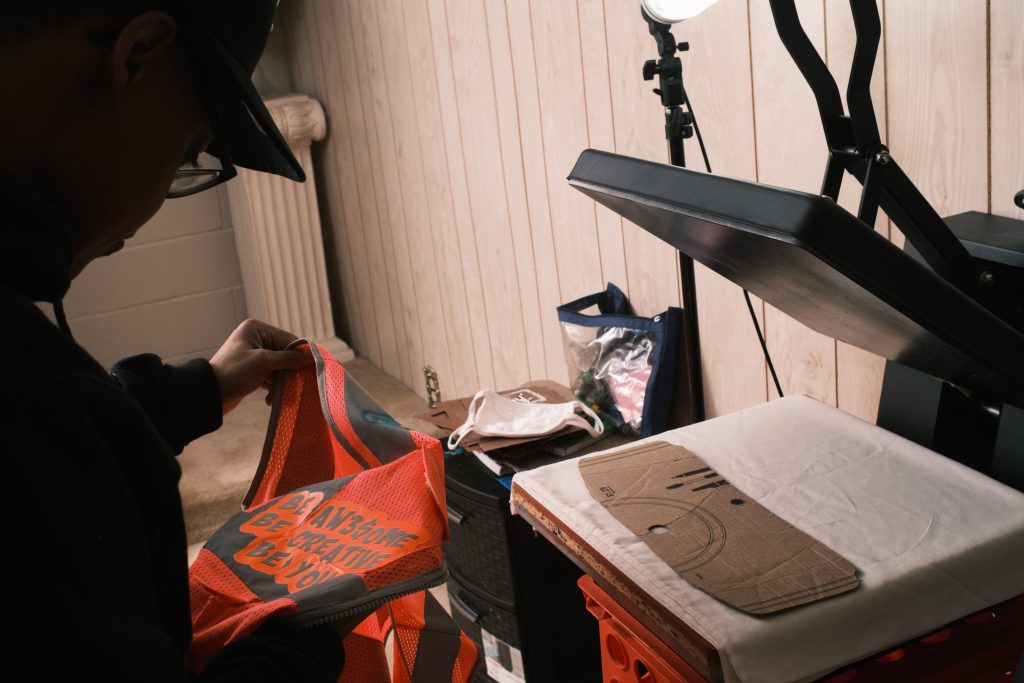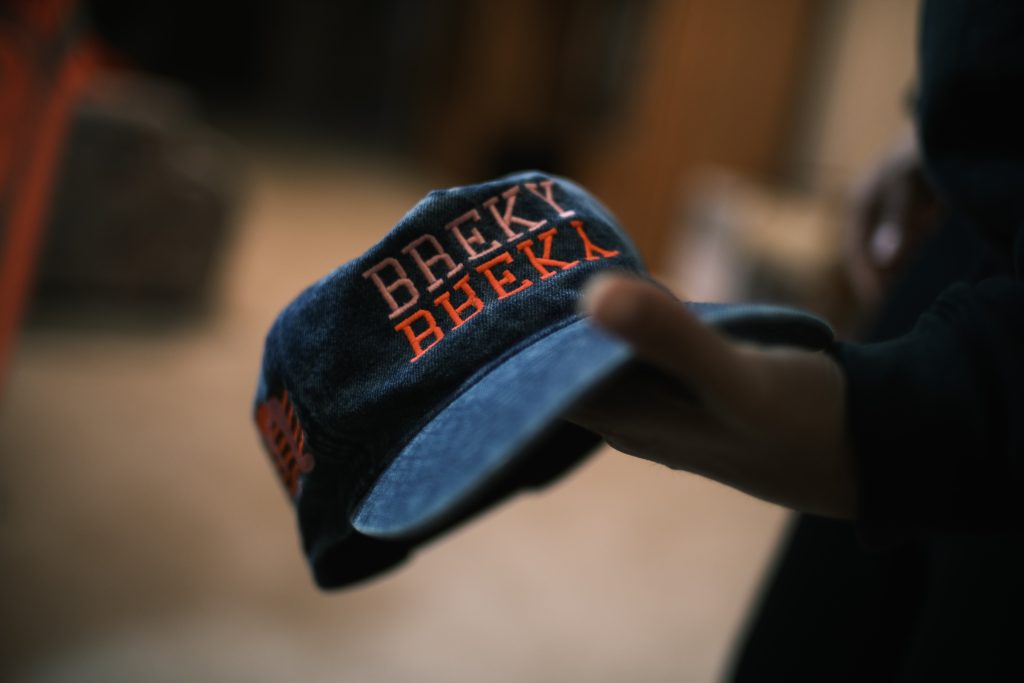
Disability Shouldn’t Equal Invisibility
Experts say accurate portrayals of disability are rare, a result of the media’s failure to see people with disabilities as part of the audience.

obbierre Heard struggles as she tries to think of media representations that capture life as a wheelchair user. Then she remembers the early 2000s Canadian TVseries Degrassi. It features a young Drake, before his debut as a rapper, as Jimmy Brooks, a high school basketball star who is paralyzed during a school shooting. Brooks’ determination to maintain his mobility with the use of a wheelchair struck Heard, as did the frustrations Drake’s character encountered on a daily basis.
“He was very determined but also had his moments where he felt down some days,” Heard said. She considers the show reflective of the day-to-day realities of being disabled.
That is high praise from Heard, the chair of the board of directors at AccessCNY, which provides services for disabled Central New Yorkers. She says media representations often misconstrue the disability experience.
This misrepresentation and the lack of authentic portrayals create the conditions for disinformation and misinformation, said Heard, and puts disabled people in a box. It is both a symptom and root of a complex issue, where stories focus on the medical aspect of disabilities without shedding light on what it is like to be disabled.
“The real-life aspect is forgotten about,” said Heard, a 2022 graduate of SUNY Oswego and a 2021 winner of Syracuse University’s Unsung Hero Award. “Some of the things, like not having enough money to afford mobility devices, are not even covered when the word ‘disabled’ comes in hand.”

It is a situation that stems from an even larger problem: society does not see people with disabilities as news or media consumers, said Eric Garcia, an autistic journalist who has written for The Washington Post, The Independent and other outlets.
Garcia says disabled people are often covered in an inspirational light, or not covered at all. He shares the same perspective as Australian comedian and journalist Stella Young, who deconstructs society’s habit of turning disabled people into “inspiration porn.”
“I use the term porn deliberately because they objectify one group of people for the benefit of another group of people,” Young says in her Ted Talk. “So in this case, we’re objectifying disabled people for the benefit of nondisabled people. The purpose of these images is to inspire you, to motivate you, so that we can look at them and think, ‘Well, however bad my life is, it could be worse. I could be that person.’”
It is a dichotomy the press chooses for non-disabled news consumers. “We do it to feel bad for people with disabilities so hopefully society will do something charitable toward them or we view them as heroic and “overcoming” their disability,” Garcia said. “Both fail to see people with disabilities as fully human. They turn into objects for consumption.”
Most people with disabilities agree that they are inaccurately represented in the media, according to a 2022 Nielsen survey. The study also found that throughout the first half of 2022, just 4.2% of titles with descriptor metadata had disability themes.
Underrepresentation also creates conditions where out-and-out misrepresentations can take hold and spread, Garcia said. Garcia points to the movie Rain Man as a misrepresentation that turned into a cultural icon. The movie helped bring autism into the public consciousness but also ingrained misunderstandings about the autism spectrum and autistic people. That spectrum is never represented, and as Karl Knights of the Guardian notes, “Rain Man” remains one of the few prominent portrayals of autism in film 30 years after its debut.
“Look how long it has taken to counteract portrayals of autism from movies like Rain Man,” Garcia added.
Though decades have passed, the same incorrect portrayals of autism and disability continue. In his 2018 column, Knights, an autistic writer with cerebral palsy, highlights that because of the prominence of “Rain Man,” the myth that “all autistic people are geniuses, or that they all have savant abilities such as extraordinary memory,” persists.
“Rather than being viewed as a single iteration of autism, Raymond Babbitt became autism,” writes Knight.
A more recent example, Knights writes, is Shaun Murphy, played by Freddie Highmore, in The Good Doctor.
Other examples include The Fundamentals of Caring, a film about a young man with muscular dystrophy at the center of mixed opinions, and Speechless, which aired on cable TV from 2016-2019 and was praised by the Ruderman Family Foundation praised for its accurate depictions of disability.

This mixed bag of disability representation dominated by stereotypes is “ingrained in our culture,” said Jennifer Price, founder of the Disability Media Network. “It’s a comfort zone, and people tend to lead with what they know or are comfortable with.”
Heard sees that same lack of representation in the news media. And when included in the coverage, news stories often perpetuate the idea of disabled people being “less-than” rather than approaching disability as a human experience, Heard said.
One of the roots of this problem is the lack of disabled content creators, Price, who started the Network in September 2020, after a town hall event on disability representation. Attendance was sparse, just like disability representation. It became obvious that change was necessary, and Price wanted to take the lead.
Price, who does not identify as disabled, left her law practice and started to build her organization. She was struck by how much content from disabled creators she was able to identify despite little buy-in from mainstream distributors.
“That’s when I knew I wanted to focus on the distribution aspect to give more visibility to disabled content creators,” said Price, who has worked with Tiffany Yu, podcast host with 180,000 social media followers and founder of Diversability, a community business of 80,000 visionaries hoping to elevate disability pride. “The storytelling is different and much more authentic.”
She has also noticed how much the media uses euphemisms for disability, such as “differently-abled.” Price said she understands why people think the word “dis” sounds like people are discounting or overlooking people’s abilities, but disabled people should decide how they would like to be referred to.
It is about empowerment, and this is especially important for disabled people who face multiple and intersecting types of marginalization, Price said. Disabled people who are Black, female or embody another marginalized identity face an even tougher battle for representation, she said.
Media outlets produce content for audiences that are primarily nondisabled, Garcia said, and this results in stories that portray disability as tragic or inspirational. Society allows disabled people to exist on one of these poles, but rarely in between. Though they are opposites, these portrayals have the same effect: sending the message that people with disabilities are lesser, Garcia said.
“Who does the media serve in those portrayals? Certainly not people with disabilities,” Garcia said. “We do it to feel bad for people with disabilities so hopefully society will do something charitable toward them, or we view them as heroic and overcoming their disability.”
Price, highlights common inspirational tropes, like a child with a prosthetic leg running and a slogan such as, “What’s your excuse?” On the one hand, she added the child is inspirational, but at the same time, the quote invokes pity and prompts viewers to think, “At least I have both of my legs.”
“I don’t think there is anything wrong with using people as a source of inspiration, but it can be done differently,” said Price, adding that the inspirational tropes are common among other marginalized or underrepresented communities, too.
“Sometimes, the reality is that part of the reason why the person had to ‘overcome’ so much is because of the roadblocks society put in place,” Price said.
Garcia agrees.
“I think focusing on only one person tends to ignore larger social obstacles or problems that people with disabilities face,” Garcia said. “Journalism should be about shedding light on how something in the world poses a challenge for people as they seek to live a better life.”
